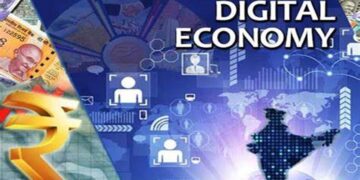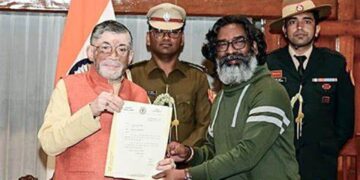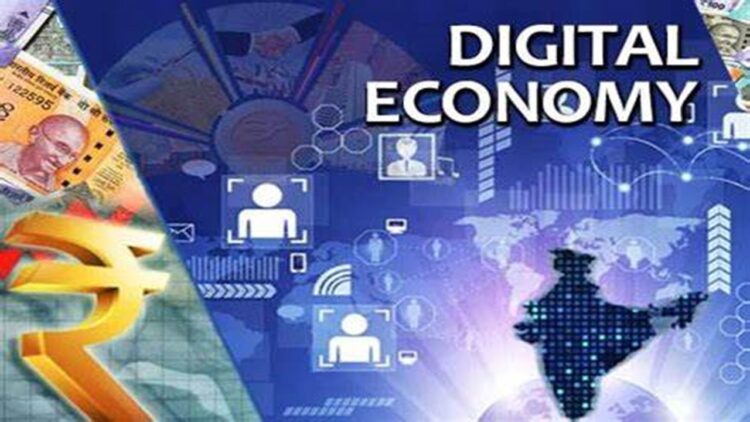India is passing through a transformative journey to achieve a $1 trillion digital economy, including government policies and technological interventions, by the year 2028. The government’s push to take the nation to the digital level to make payment systems opened up the tools that comprise the Unified Payments Interface, 4G, and 5G networks. Some of the key consequences of such attempts include the growth in negligible digital payments. Among them, UPI has emerged as a mode that revolutionized the way millions of individuals can transact quickly and safely.
Digital Economy: India Targets $1 Trillion Goal.
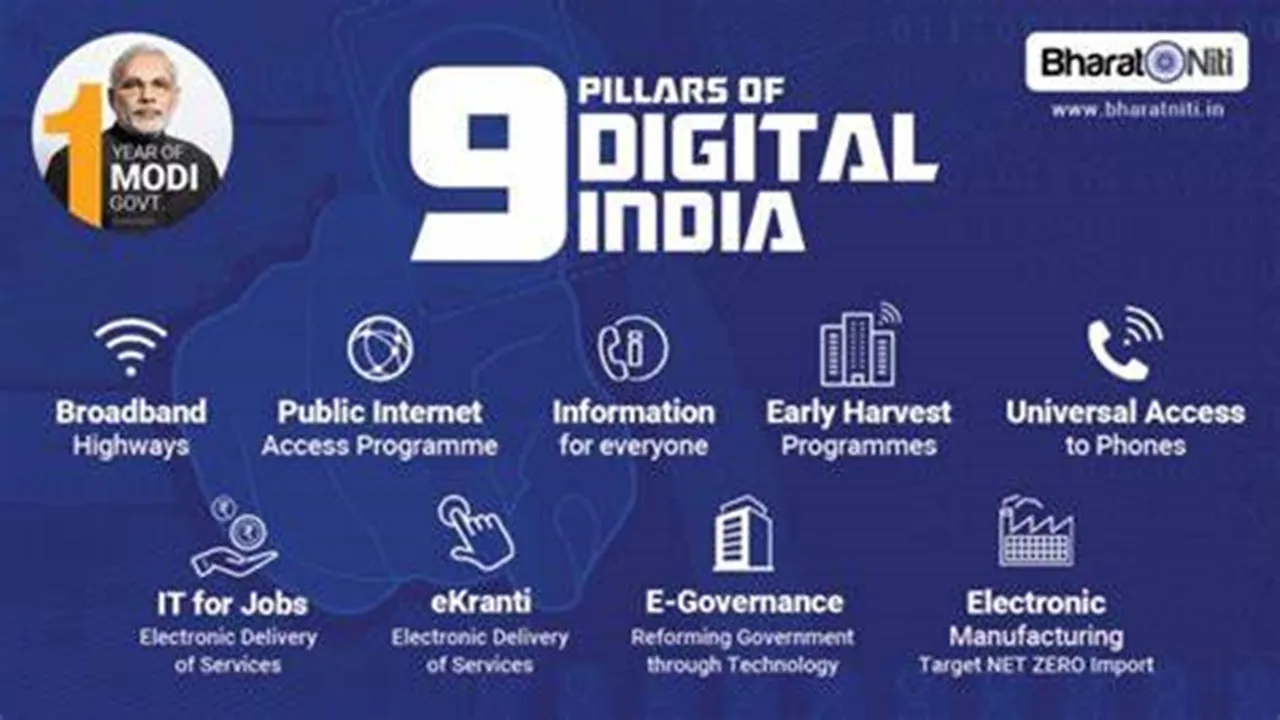
Check Out Rahul Gandhi Leads Vijay Sankalp Yatra in Haryana, Congress Aims for Election Momentum
This has increased access to financial services, especially for individuals in rural areas where physical cash-based banking services were hard to come through. The government through schemes such as Digital India and the advancement in these five factors such as the roll out of 5G is further strengthening the purchase of this change. Digital economy growth also has effects across different fields, such as health, learning, and commercial business, especially in the field of e-commerce.
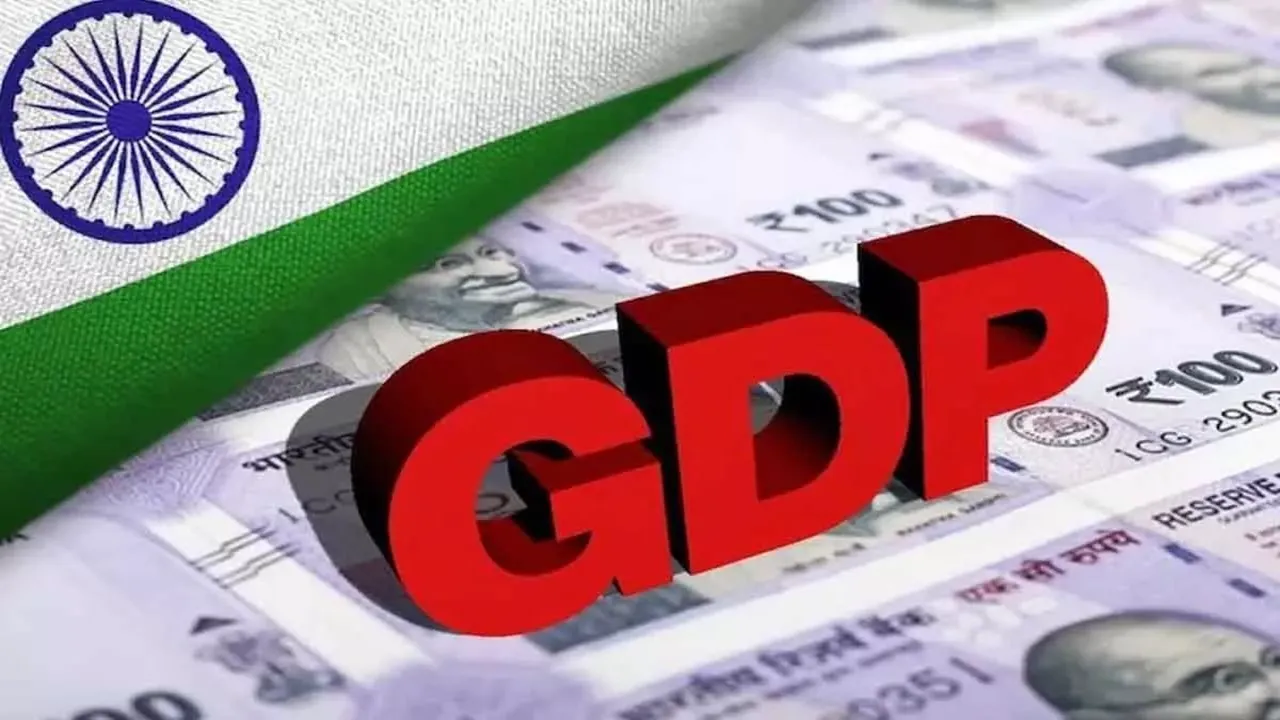
For instance, Telemedicine is expanding health care to regions with poor accessibility, and digital classes assist scholars in studying from home during the COVID-19 outbreak. Online business is on the rise as more customers make purchases online due to the enhancement of Internet services. The growth of the digital economy in India is driven by the relatively recent advent of affordable smartphones and cheaper data services, which are carrying millions of new users onto the internet. The government is also aiming to narrow this digital gap by providing high-speed internet, especially in the rural and semi-urban regions.
To get more out of our exclusive news, Join us on our WhatsApp Channel, Facebook, X, and Instagram.
